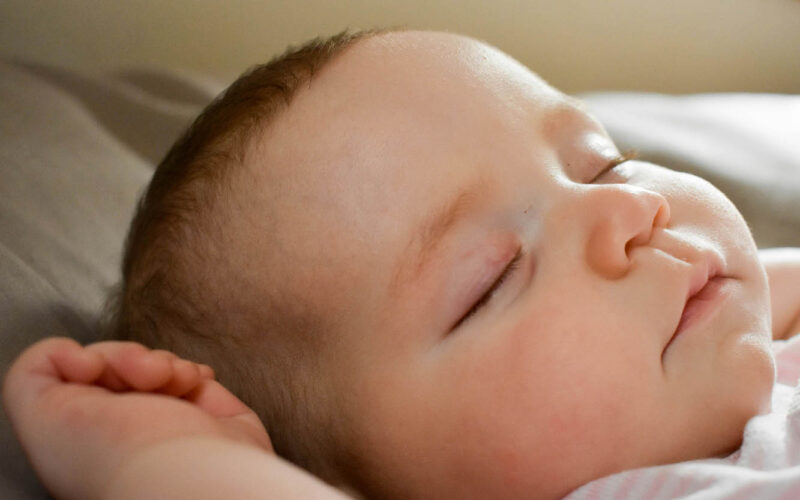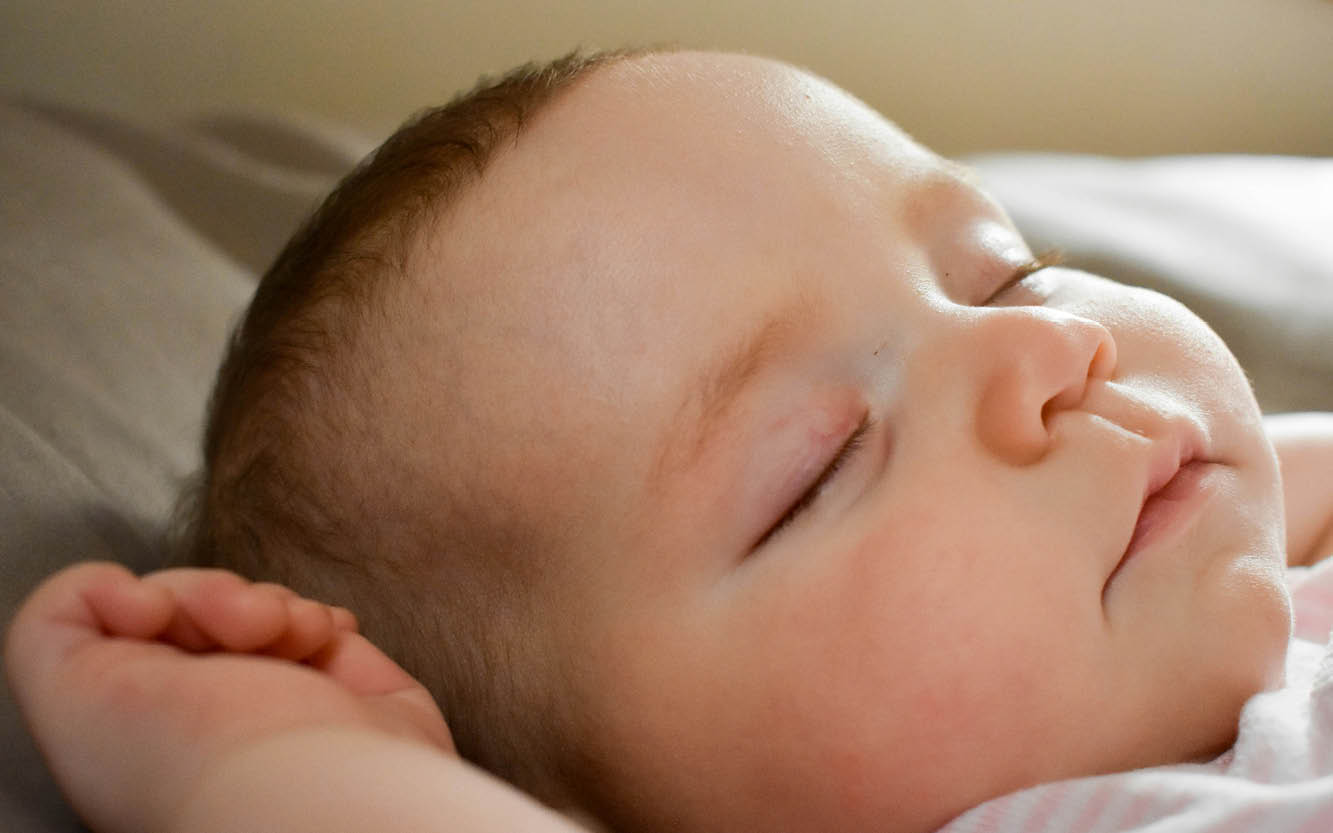

Safe Sleep for Babies and Young Children
Providing safe sleep environments and following recommended sleep practices are two important things that parents can do to help ensure their infant’s or young child’s health, safety and wellbeing. These simple things can reduce the risk of sudden infant death syndrome (SIDS) and other sleep related incidents.
Six Safe Sleep Recommendations
Red Nose Australia is the leading Australian authority on safe sleep. They have developed six recommendations to help ensure safer sleep for infants and young children. They recommend:
- Always place babies on their back to sleep. This helps to keep their airway clear and ensures their protective reflexes work. Back sleeping reduces the risk of suffocation, overheating, and choking.
- Keep the baby’s face and head uncovered. Keeping babies’ faces and heads uncovered when sleeping helps reduce the risk of them overheating and also helps keep their airways clear, reducing the risk of suffocation.
- Keep the baby smoke free, before and after birth. Smoking during pregnancy and around babies increases the risk of sudden infant death. This includes second-hand smoke. If you or your partner smoke, don’t smoke around the baby and never smoke where the baby sleeps.
- Provide safe sleeping environments, night and day. The safest place for a baby to sleep is in their own safe space, with a safe cot, mattress, and bedding. The baby should always be placed on their back to sleep, with their feet at the bottom of the bassinet or cot.
– Safe cot: Meets Australian standard AS/NZS 2172:2003.
– Safe mattress: Firm, flat, right size for your safe cot, meets voluntary Australian standard (AS/NZS 8811.1:2013).
– Safe bedding: Lightweight bedding, firmly tucked in and only pulled up to the chest.
– Safe sleeping bag: Well fitted across the neck and chest, with baby’s arms out, and no hood. - Sleep the baby in their own safe sleep space in the same room as their parent or caregiver for at least the first 6 months. The safest place for a baby to sleep is in their own safe space, in the same room as their parent or adult caregiver for at least the first 6 months.
- Breastfeed the baby if possible. Breastfeeding has been shown to reduce the risk of sudden infant death. (Red Nose Australia, 2024)
Supporting Safe Sleep at The Infants’ Home
At The Infants’ Home, our educators follow Red Nose Australia’s safe sleep practice recommendations. These are also embedded in our policies and procedures for all our early childhood education and care services. Sleep rooms are monitored, and children are checked regularly during rest periods. Our educators also work in partnership with families, sharing safe sleep practices and supporting consistent routines between home and care.
Safe sleep practices support children’s health and wellbeing, reduces anxiety around sleep and rest times, and lays the foundation for good sleep habits as children grow.
Contact Us
If you have any questions or would like more information, please email us at childrensservices@theinfantshome.org.au.
For support with safe sleeping and managing sleep routines with babies and young children, contact our Postnatal Service on 9799 4844 or email mail@theinfantshome.org.au to speak with a Child and Family Health Nurse.
Reference
Red Nose Australia. (2025, 18 July). Red Nose Six Safe Sleep Recommendations. Retrieved from https://rednose.org.au/article/red-nose-six-safe-sleep-recommendations